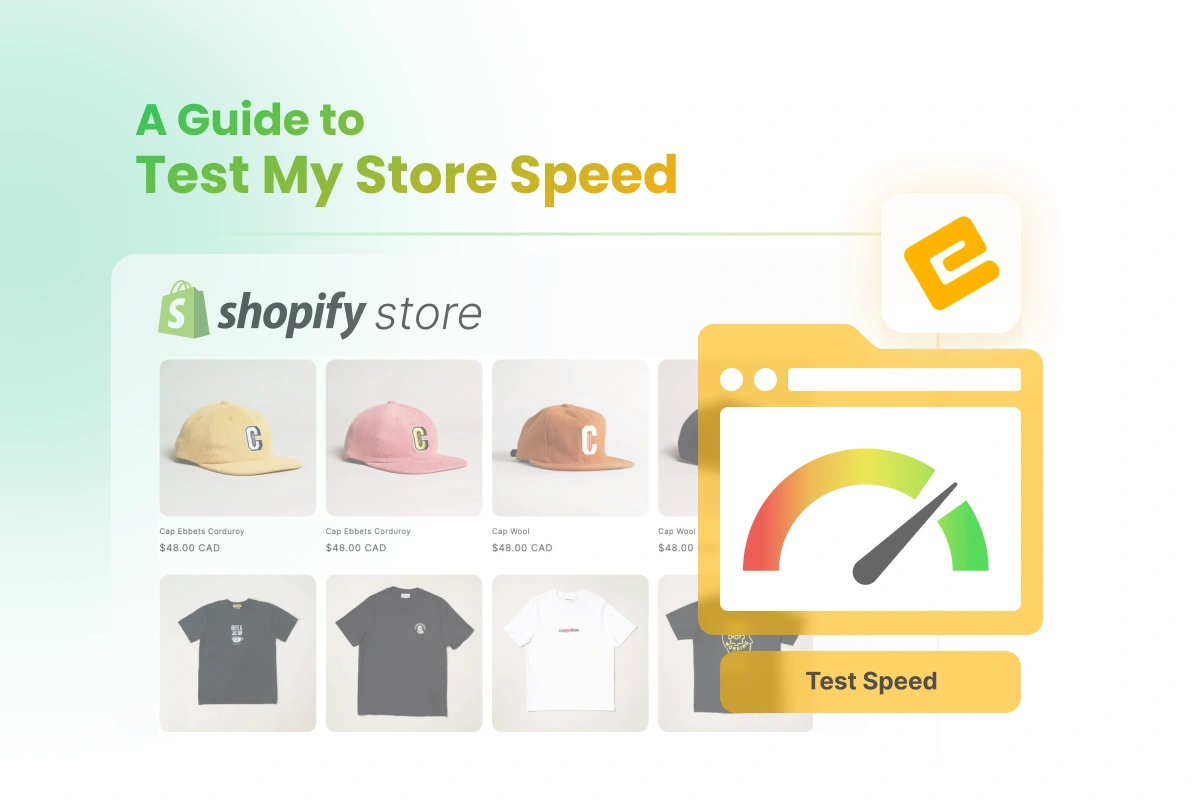Table of Contents
Speedy websites are crucial for Shopify stores. Your Shopify store’s loading speed can never be too fast but it could only be faster!
There are numerous services that can assist you in quickly analyzing and improving the performance of your website speed. And Test My Store Speed is one of the current best options!
In this article, we will walk you through everything you need to know about this site speed analyzer, including how it runs a Shopify store speed test. Moreover, you can find a list of other speed testing tools that you can compare them to Test My Store Speed to see if they could be more ideal for you. Keep scrolling!
How do slow websites affect your Shopify business?
79% of customers are less likely to visit your store again if they are dissatisfied with the site speed, according to numerous research on customer expectations of website performance and speed. In addition, 64% of smartphone users and 47% of desktop users anticipate websites to load in under 4 and 2 seconds, respectively.
Besides, 80% of impatient and high expectation customers will go out of their way to inform at least 44% of their friends and coworkers about their negative experience, according to statistics. Another intriguing and alarming statistic is that if your website takes longer than 3 seconds to load, 57% of visitors will leave.
Your website’s bounce rate rises with every extra second it takes to load. That ultimately has an impact on your store’s bottom line, which means less visitors, fewer conversions, and ultimately less income.
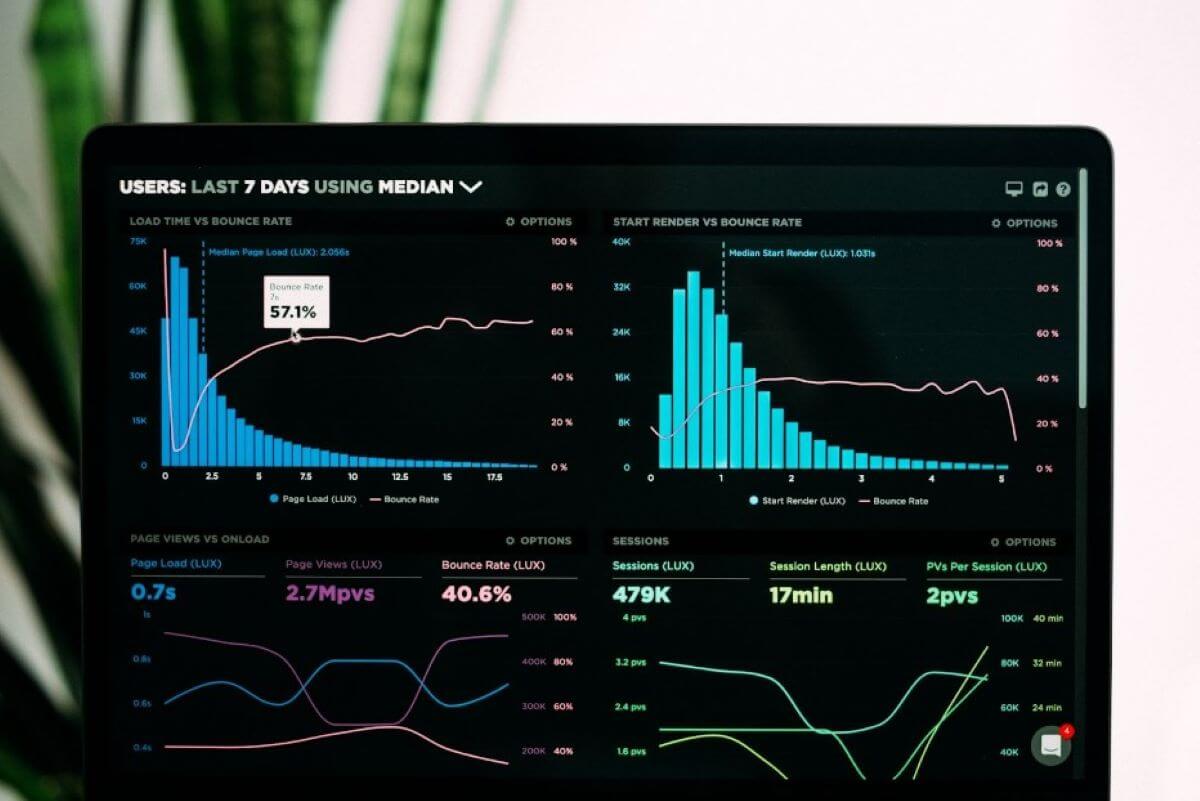
Slow website ultimately has an impact on your store’s bottom line
What is Shopify speed?
Shopify speed is the amount of time it takes for a page to fully load after a user accesses it on your store. Google advises that you have a store which loads in less than a second.
Your Shopify speed score must be high to reach this number. A page loading time of under 3 seconds is also quite remarkable, but anything greater boosts bounce rates by 32%, so don’t be too hard on yourself.
You can determine your Shopify store speed score by performing a speed test with the Test My Store Speed tool, which is brought to you by the Ecom Experts team.
What is Test My Store Speed?
| ?Test My Store Speed is one of the most popular and easy-to-use tools to evaluate a site’s speed. It is a totally free tool which many Shopify merchants have used to test their website speed. |
The tool analyzes your product pages, collection pages, and cart pages to provide you with a clear picture of how quickly your website loads. Additionally, it provides you with actionable recommendations with precise steps so you can act on and improve your store speed immediately.
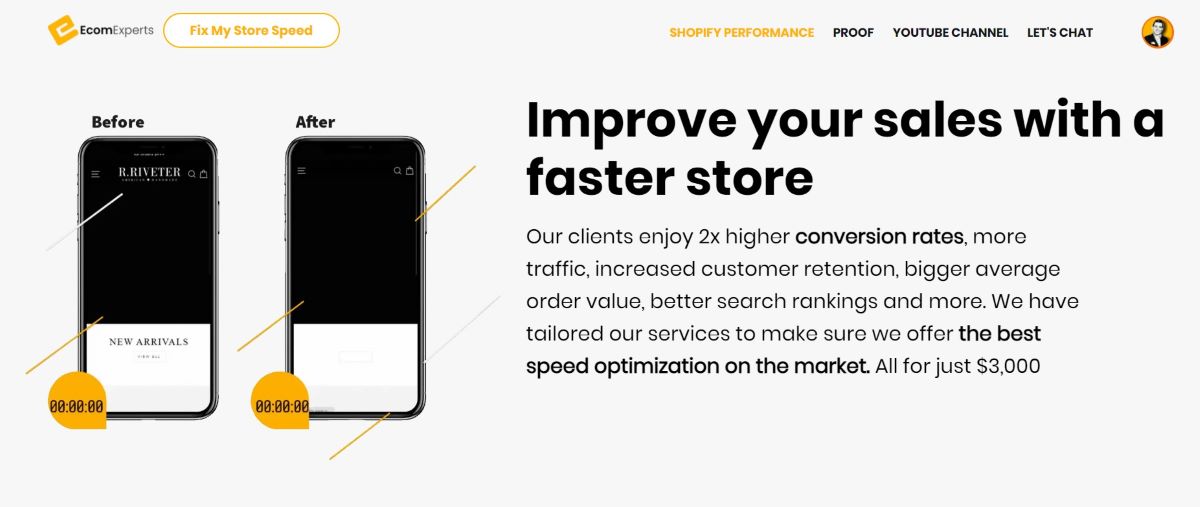
Test My Store Speed is one of the most popular and easy-to-use tools to evaluate a site’s speed.
It also helps you to locate the applications that you believed to have been deleted but are still present. You can use the tool to frequently test your store’s speed and compare the results in the history area.
Test My Store Speed provides a more direct comparison of your site to the standard, unlike Shopify and PageSpeed Insights which display the results on a scale of 0 to 100.
Test your store's speed performance
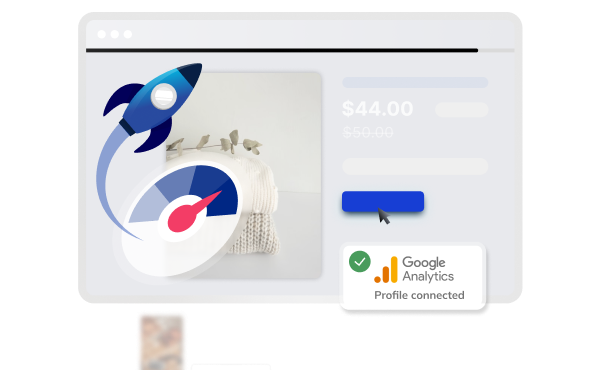
How does the tool determine your site speed?
All you need to do is visit Testmystorespeed.com and enter your store URL. Then, the tool will analyze your website and display all the necessary metrics affecting your site speed. You can have a closer look at its features with our summary below.
1. Performance Analysis
Using the Test My Store Speed tool, you can now identify the speed killers slowing down your website and work on them. It provides you with a website analysis report that will point out all of the performance errors you need to fix in order to increase your page load.
You can also perform the speed test before and after optimizing your store and compare the results in the history section to see if you are on the right track! By closely following the report, you can take the right step to fix your problems.
2. App Checker
The tool will point out all the installed apps that prevent your site from loading quickly. It thoroughly examines your website to find all the apps that slow it down, including the ones you believe you have uninstalled but are still there in your code.
You can test Shopify store speed again after making adjustments to make sure that everything was done correctly.
3. Page Breakdown
Like other speed checkers, the Test My Store Speed tool does more than merely examine your site. It analyzes every page of your customers’ journey and provides you with a thorough performance report for the home, product selection, and basket pages.
4. Performance Recommendations
With the help of the Test My Store Speed tool, you will not only identify issues but also find your ways through the process of fixing each one. Each Shopify Site Speed analysis comes with step-by-step instructions and video tutorials.
5. Performance History
You can see how the speed of your Shopify store has changed over time and when issues first appeared. By pulling previous historical reports, you will get a quick snapshot of your historical Shopify site speed performance.
Simple ways to improve your store speed
After using Test My Store Speed and see how fast your store is, you can practice some tips to optimize your Shopify website speed. There are some simple ways that we consider to be useful in boosting your website loading time.
- Compress and merge images: You can use online compression sites, such as TinyPNG, to reduce the size of images without decreasing the quality too much.
- Replace GIFs with static images: Website experts strongly advise replacing these files wherever possible with static images because they considerably slow down the loading speed of your website.
- Use suitable fonts: If you want to speed up your Shopify site, it is preferable to utilize system fonts which are divided into serif, sans-serif, and mono categories.
- Eliminate unnecessary Shopify apps: It is highly advised to remove these apps because they contain numerous JS and CSS files that run in the background and prolong the time it takes for your Shopify page to load.
| ?Grasp all the industry best practices on how to optimize your Shopify page speed with our well-curated blog: Read more. |
Other alternatives for Test My Store Speed
In addition to Test My Store Speed, there are numerous tools available to you for testing page load and enhancing website performance. It is nice that you can experiment with different options to have a better understanding of your website speed.
1. Google PageSpeed Insights
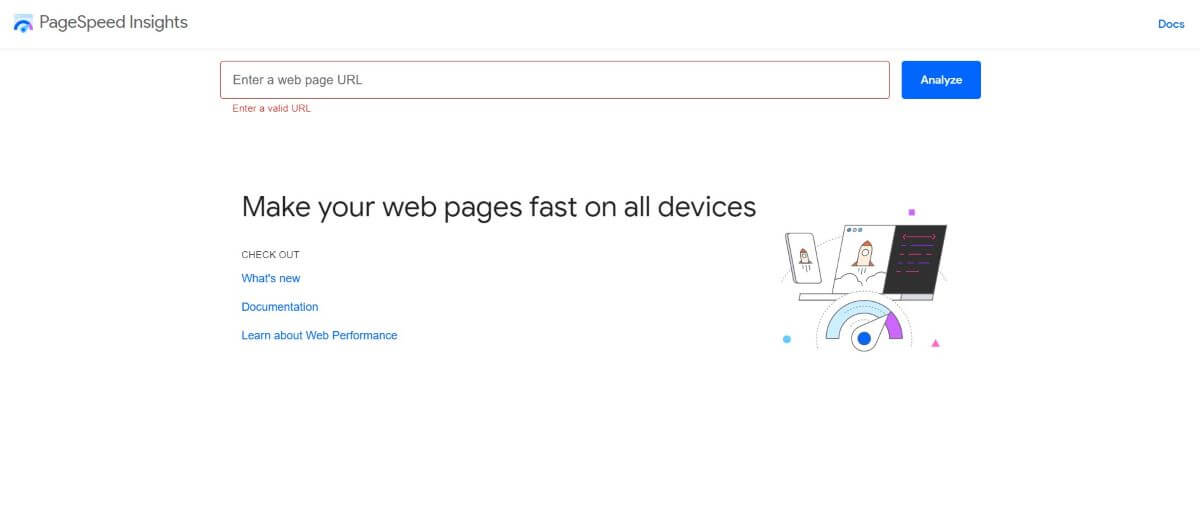
One of the best Test My Store Speed alternatives is Google PageSpeed Insights.
One of the best Test My Store Speed alternatives is Google PageSpeed Insights. It has long been the preferred tool for evaluating and testing websites. It is a straightforward tool developed by Google that ranks websites on a scale of 1 to 100 for both desktop and mobile.
With just one input area for the URL, the user interface is really simple. Following the test’s execution, you will receive comprehensive data on issues including render-blocking code, TTFB, page sizes, and more.
You can choose from a list of suggested actions that should improve the website load faster under each section.
2. Sematext Synthetics
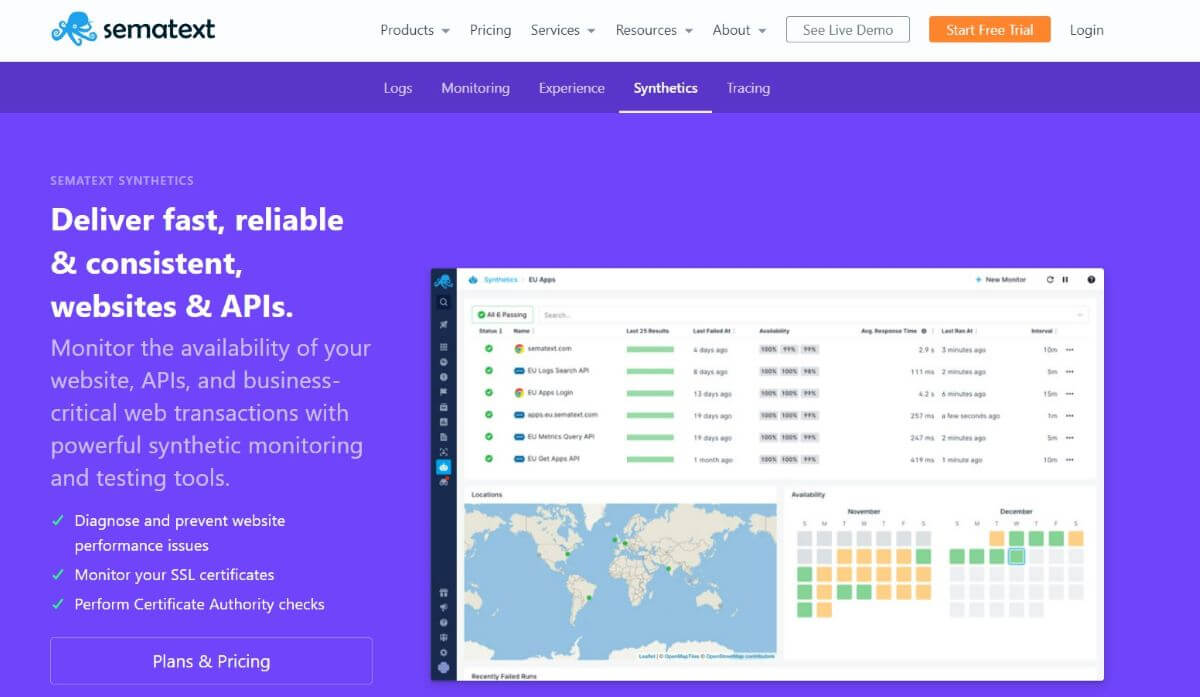
Sematext Synthetics has already become customers’ favorite Test My Store Speed alternative.
Sematext Synthetics is a monitoring tool from the Sematext Suite and it has already become customers’ favorite Test My Store Speed alternative. You can assess performance across devices and browsers, monitor API and website uptime from various locations across the world, and spot problems with third-party resources.
Starting up is quite simple, and it only takes a few minutes before you can begin using the user-friendly UI to actually monitor your resources. For immediate notification when something goes wrong, you can configure various conditions to cause an alert.
3. WebPageTest
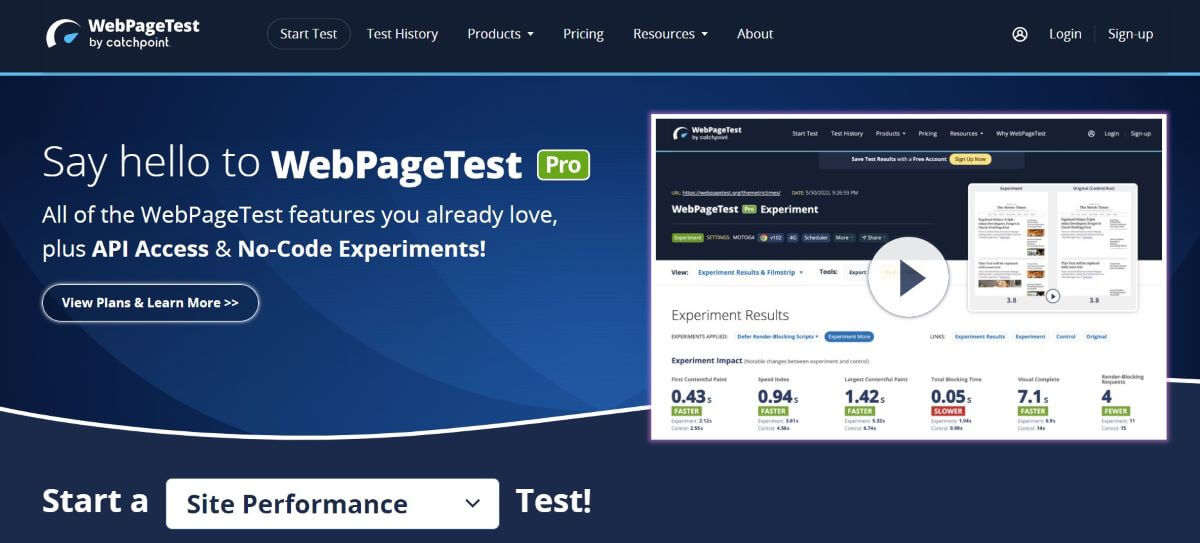
WebPageTest enables you to benchmark your website across 40 different locales and a variety of devices.
An open-source website performance assessment application called WebPageTest enables you to benchmark your website across 40 different locales and a variety of devices.
Additionally, you have the option of simulating your tests on a 4G network or a sluggish mobile network. The final product, which will be rated from F to A, includes details on caching, waterfall charts for resource load speed, TTFB, compression, and other topics.
4. Yellow Lab Tools

Yellow Lab Tools delivers straightforward information about your website.
The website monitoring scene has recently welcomed Yellow Lab Tools, which delivers straightforward information about your website. When you run the test, the grade and score are the first things you notice.
Then, you view the test details, which include the page weight and all of its details, request details, Dom details, bottlenecks, CSS details, and server setup details. Overall, it is a fantastic tool, but when compared to the other tools on this list, especially when it comes to specific information, it does seem to lack in-depth information.
5. DareBoost
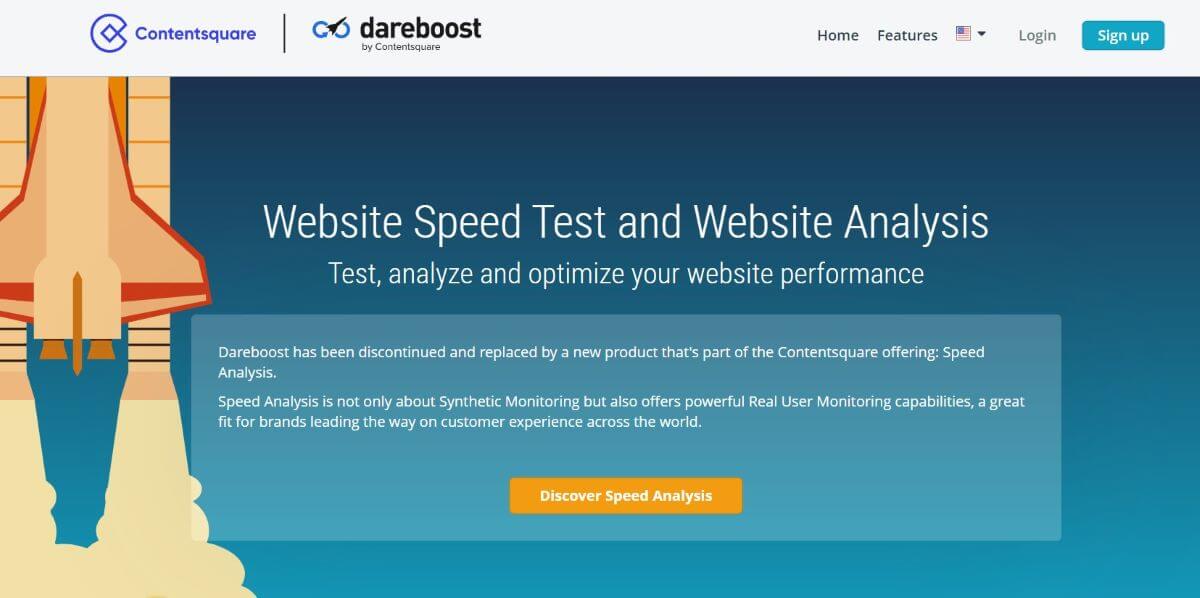
DareBoost conducts a thorough analysis on both desktop and mobile devices from various locations
DareBoost conducts a thorough analysis on both desktop and mobile devices from various locations all around the world.
Although their dashboard is straightforward, it contains a wealth of information, including the First Byte, the time it begins rendering the page, and the minute it is finished, in addition to advice on how to enhance overall efficiency.
6. Uptime
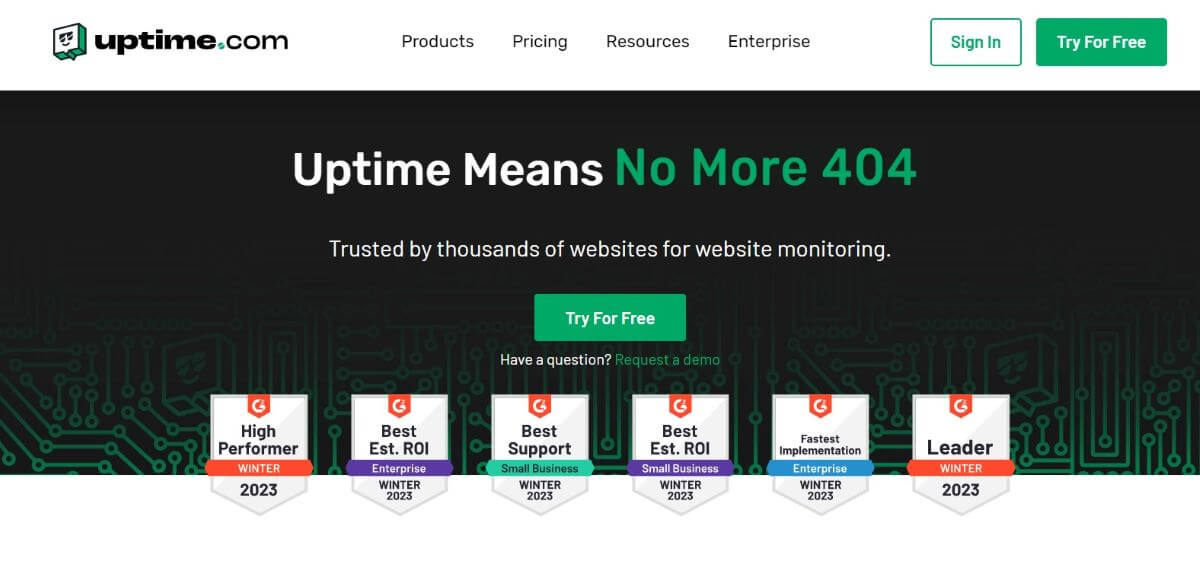
Uptime is another Test My Store Speed alternative that allows you to examine your website
Uptime is another Test My Store Speed alternative that allows you to examine your website, server, and APIs. They provide a variety of services in addition to their synthetic monitoring solution, including server and page speed monitoring, real user tracking, and more.
You can verify the status of your website with Uptime from locations on all six continents every minute.
7. Geekflare Website Audit
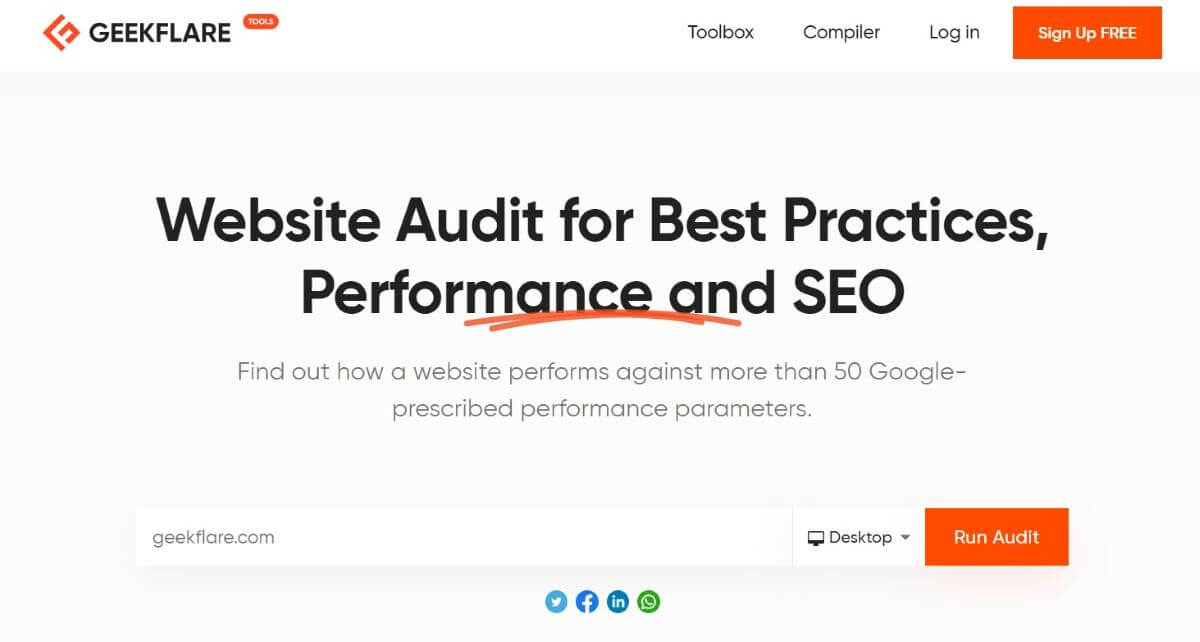
Geekflare Website Audit is a straightforward website speed test that uses Google Lighthouse
Geekflare Website Audit is a straightforward website speed test that uses Google Lighthouse to deliver basic actionable data about your website. You will get a number of screenshots of your website loading in addition to data like TTFB, SEO score, performance score, and others.
The Geekflare Website audit’s request waterfall chart, which shows you how your resources are being requested and loaded, is a fantastic feature.
Bottom line
The greatest method to give your Shopify store a competitive edge is to have a quick site speed. You may distinguish your business from the thousands of others that are competing in the world of eCommerce by carefully assessing and monitoring your Shopify site speed using Test My Store Speed.
Getting visitors to your store is excellent, but keeping them there throughout their shopping experience is the real difficulty.
Therefore, you should continue to monitor the functionality of your website and compare the results periodically in order to make any necessary adjustments to the speed of your Shopify store that may result in an improved user experience and increased repeat business.
